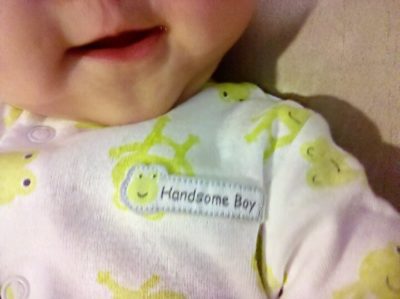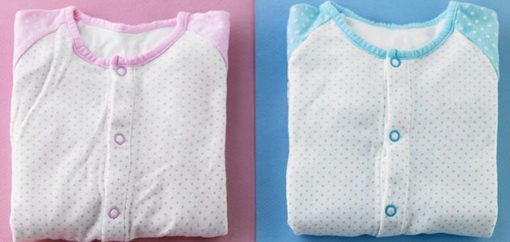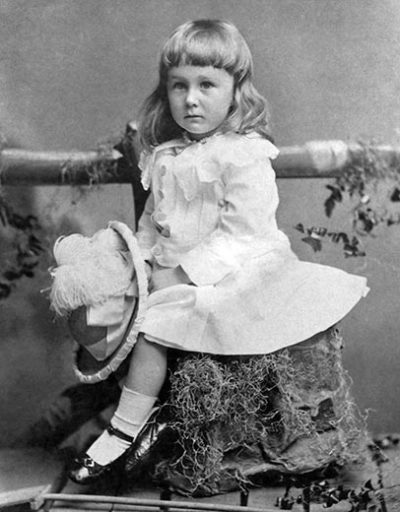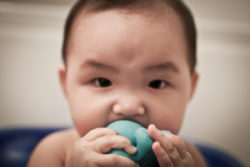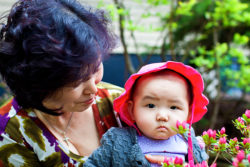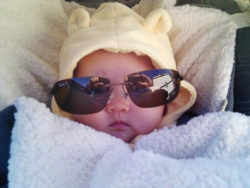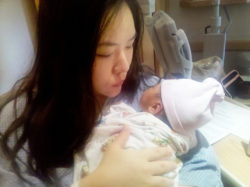Before having Claire I couldn’t understand why some mothers — even the die-hard feminists who eschewed all traditional takes on gender roles — would dress their baby girls in pink, frilly clothes all the time.
And as soon as Claire was born, I discovered why.
It’s because whenever she’s not wearing pink she’s often mistaken for being a boy.
And I’m sure that this is the exact reason most parents dress their baby boys in predominantly blue wardrobes as well.
I have personally never questioned these color associations with gender before. I always assumed that they are what society once deemed appropriate, and so I — along with billions of others — automatically grew up thinking this way.
What’s strange about this assumption is just how new the concept of “pink is for girls, blue is for boys” is. In fact, a 1918 issue of Ladies’ Home Journal stated:
The generally accepted rule is pink for the boys, and blue for the girls. The reason is that pink, being a more decided and stronger color, is more suitable for the boy, while blue, which is more delicate and dainty, is prettier for the girl.
Huh. Who woulda thunk?
Smithsonian Magazine discusses the evolution of color gender associations in further detail in an article featuring University of Maryland clothing historian Jo B. Paoletti, whose new book “Pink and Blue: Telling the Girls From the Boys in America” is due out later this year.
The article starts with a photo of former U.S. President Franklin Delano Roosevelt at age 2½ (see left). At the time the picture was taken — 1884 — social convention dictated that boys wore dresses until age 6 or 7, also the time of their first haircut. FDR’s outfit was considered gender-neutral.
So what exactly happened between then and now to promote certain styles and colors to be gender-specific? There are various reasons, including manufacturer and retailer interpretations and the rise of the feminist movement that continued the rise and fall of this phenomenon.
And as technology advanced (ie, prenatal testing) and consumerism rose, the demand for “boy” and “girl” merchandise also went up.
The article is a fascinating read and I recommend anyone interested in sociology and/or gender studies to take a look.
I personally think it’s hilarious that the entire “pink is for girls, blue is for boys” idea could have gone either way. And it almost seems funny to think that pink was once considered a “more decided and stronger color.” But then again, that’s just 30+ years of society’s influence on me talking.
I can’t help but wonder if the trend will go the opposite way in the near future. Who knows? Maybe my grandchildren will consider pink a more masculine color than blue. And perhaps dressing all young children in dresses — which seems to be a more economical idea when you consider that dresses take longer to grow out of — will once again come into fashion.
And perhaps one day, my father won’t be embarrassed to buy a cute onesie like this for Claire:
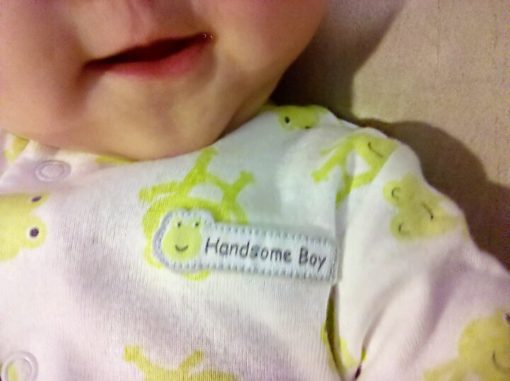
This is what happens when a grandparent who doesn’t speak much English buys clothes for your daughter.
And yes, we dress her in it because we personally think it’s hilarious.
Via Boing Boing.
